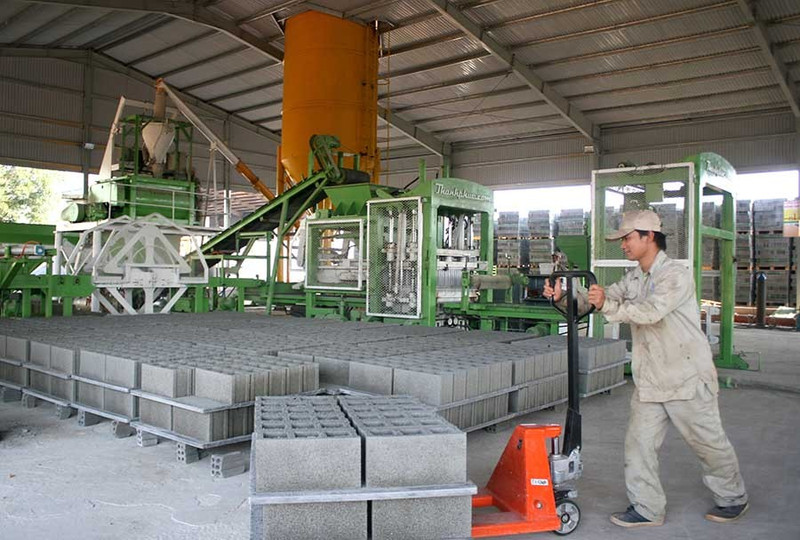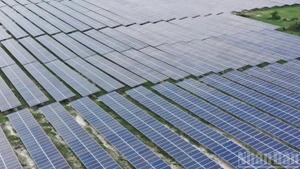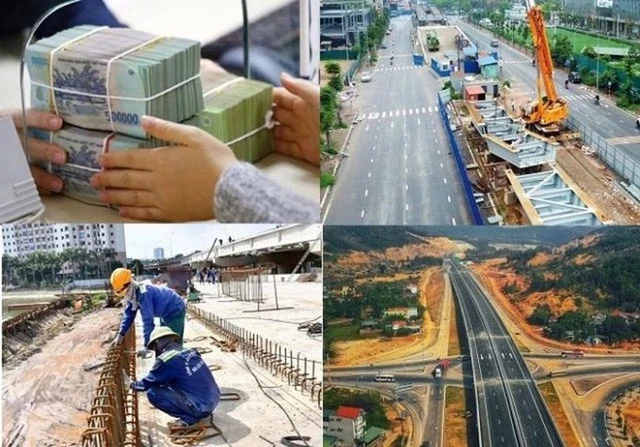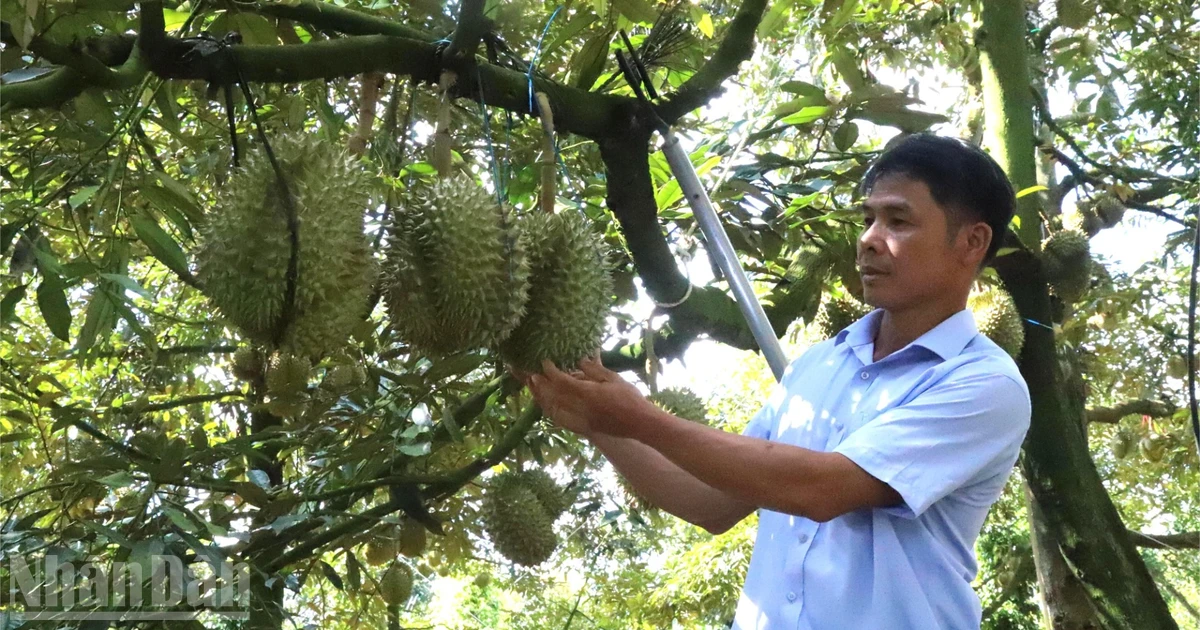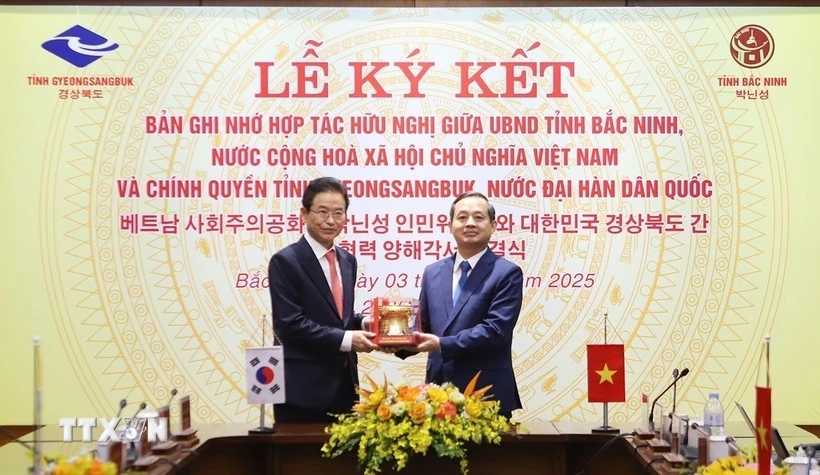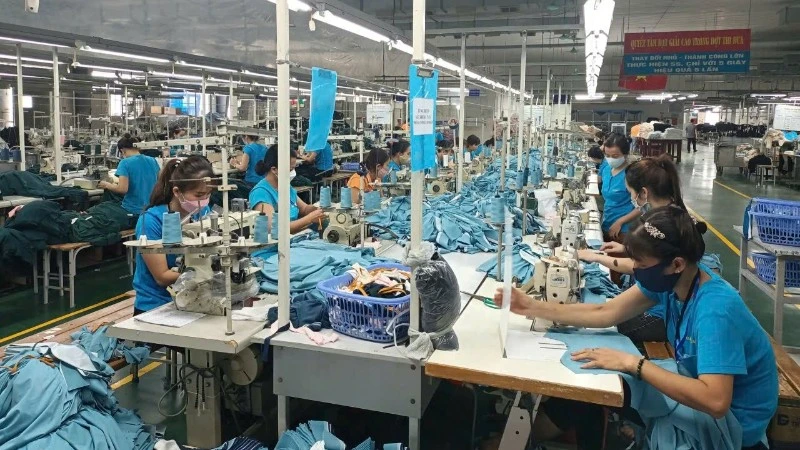The 29th Conference of the Parties to the United Nations Framework Convention on Climate Change (COP29) officially commenced on November 11, attracting global attention as 2024 is predicted to set a new record for high temperatures. Climate change has become one of the world's greatest challenges, putting immense pressure on governments to take more decisive action in reducing greenhouse gas emissions.
Production activities, particularly in construction and building material manufacturing, are key contributors to the escalating climate change crisis. In this context, the development of the green materials industry is becoming an inevitable trend.
This trend is gaining momentum as Vietnam strives to fulfil its commitment to achieving net-zero emissions by 2050, made during COP26, while meeting increasingly stringent green standards set by major economies, such as the European Union (EU).
Globally, there are six trends in green materials, including energy efficiency in buildings, recycling and reusing construction materials, utilising resources from renewable sources, materials friendly to human health, biotechnology and biodegradable materials, smart technologies and materials.
Vietnam is well-positioned to develop its green materials industry thanks to abundant natural resources and the potential for recycling various materials. In recent years, the Ministry of Construction has advised the government and the Prime Minister to issue numerous policies boosting the development of the construction materials industry towards sustainability, green growth, and environmental protection in production.
Despite the promising potential, Vietnam faces numerous challenges in adopting green materials due to high initial investment costs, a lack of specific standards and regulations, and limited availability of green materials or innovative products domestically.
From a broader perspective, establishing a comprehensive legal framework is an urgent requirement for the development, modernisation, and "greening" of the construction materials industry. Currently, Vietnam lacks green labels, eco-labels, and green material certification systems, as well as standardised criteria and benchmarks for producing and using green materials in construction. Additionally, no specific incentive mechanisms or policies support the production, trading, and use of building materials bearing the Vietnam Green Label or green certifications.
Many experts also suggest that to promote green materials in construction, Vietnam needs stricter enforcement mechanisms to address violations of policies and regulations related to the production, extraction, and use of green and energy-efficient building materials. Moreover, enhancing public awareness through communication and training initiatives is essential to foster an understanding of the benefits of green materials and green buildings, gradually shifting public habits towards sustainable construction practices.
With advancements in biotechnology and smart materials, the future of green construction is set to thrive. Integrating biodegradable materials and cutting-edge technologies, such as smart glass and renewable energy systems, will significantly reduce environmental impacts while creating more efficient and sustainable buildings.
